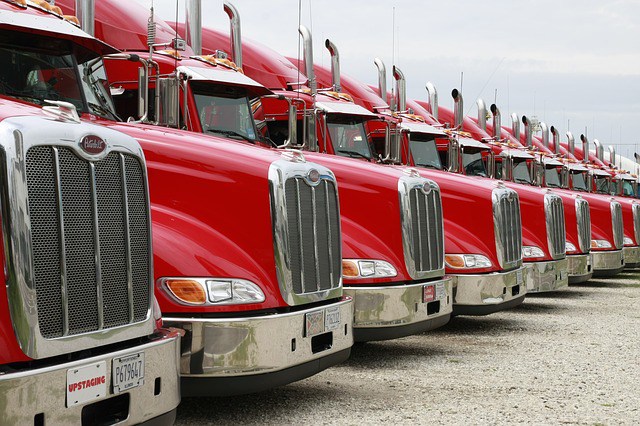What Do Self-Driving Trucks Mean for the Future of Transportation?
In a recent The Atlantic editorial, sub-headlines brand the trucking industry as “ripe for automation”.
With 4000 fatalities (in the US only) involving eighteen-wheelers, it’s no wonder self-driving trucks are predicted to hit the roads as soon as possible, so as to partly reduce this number. Navigant Research analysts estimate that in about 5-10 years’ time, most truck companies will have implemented automated driving technology.
It’s worth mentioning here that autonomous trucks pose different challenges than driverless cars do – ranging from driving skills to different types of roads. The advantages, though, are roughly the same:
- safety improvement
- emission reduction
- operational efficiency.
This article will provide a brief overview of the prospective impact truck driving automation will have on the dynamics of the transportation industry.
Self-Driving Technology – Industry Updates
Key players like Otto, Volvo, Daimler or Peterbilt, are on their way to coming up with improved solutions for self-driving tech.
Take Otto – the truck division Uber purchased for $680 million in the summer of 2015. In October 2016, it had already marked the world’s first autonomous delivery, which safely carried 50,00 beers on the roads to Colorado Springs.
The cargo delivery was assisted by a passenger who had the occasion to see the outer and inner appliances of the 18-wheeler:
- 3 LIDAR laser detection units
- radar
- a camera above the windshield
- 2 buttons switching the automation mode on and off
- cameras.
Otto’s efforts to perfect their self-driving software is closely followed or supported by:
- Tesla – who includes heavy-duty electric trucks and a Tesla Semi on their Master Plan for the company’s growth
- Alphabet
- General Motors
- Ford
- BMW
- Volvo
- Toyota Motor.
Impact on the Industry
The immediate and obvious consequence will be felt by the 1,7 million truckers – just within the US -, who will have to face the decrease in the need for a human behind the truck wheel.
It remains to be seen whether self-driving technology can:
- replicate and replace years of refined driving skills human drivers
- prove contextual awareness in traffic hazards
- pilot in poor road conditions.
But even if automation will be implemented soon, it does not mean it’ll completely take over as the only large capacity transportation solution. On the contrary, it could spark positive outcomes like:
- new jobs on the market (especially in the research, software or monitoring departments)
- safer driving habits
- better workload-payment balance.
To those worried about the impact self-driving tech will exert on the job department, autonomous truck developers answer with the fact that there already is a job deficit to be overcome.
According to the American Trucking Association, the driver shortfall reaches 48,000 – a number expected to hit 175,000 by 2024 despite alternative transportation options like drones. To cover this deficit, large cargo transportation providers would need to hire staff at a rate of 89,000 members.
The self-driving trucks hitting the roads promises to partially mend the said job deficit.
Current State of the Industry
For now, the technology only allows transport on highways. Trucks are less likely to encounter hazards here, so they are set on a driving mode that:
- maintains a safe following distance
- only engages in lane changes when necessary
- has Level 4 autonomy (it still needs a human on board).
And, as we speak, Otto co-founder, Lior Ron, is managing the company’s efforts to step up to a higher autonomy level in the following years.
The more rapidly these updates will be implemented, the more will highways resemble railways (according to Lior Ron). And even if the human element will no longer control or assist the driving wheel, drivers will still be required to deal with:
- highway exits
- freight yards
- local roads to out-of-the-way destinations.
In other words, they are likely to be fulfilling a “logistics expert” role.
Round Off: Self-Driving Trucks on Automakers’ Priority Lists
With engineers at main auto developers research labs advancing weekly software updates, we’re expecting the so-called robotrucks to be up for commercial use soon.
Brandon Schoettle, a project manager at the University of Michigan’s Transportation Research Institute, points out that automated large-capacity vehicles are easier to test. As a consequence, their implementation might be faster than that of driverless cars’.
Cost-effectiveness of cargo transportation and increased delivery operations are the main points advocating for fast-pacing research and execution funds into the self-driving trucks department. Another aspect that will need to be hastened is the adjustment of policies and insurance regulations.
Do you have any concerns related to the effect driverless trucks will have on transportation?
How do you think these advancements will impact deliveries?
I’d be glad to chat on this topic, so feel free to write your thoughts or insights down in the comments section.


